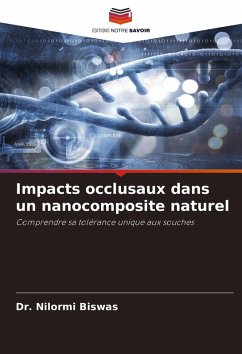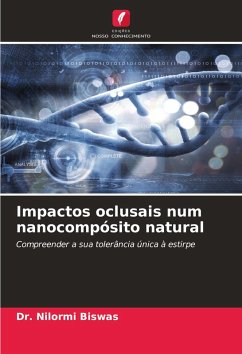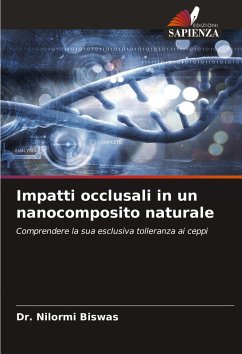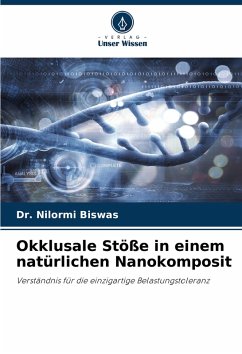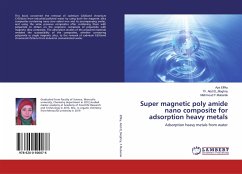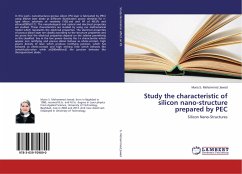
Occlusal impacts in a Natural Nanocomposite
Understanding its unique strain tolerance
Versandkostenfrei!
Versandfertig in 6-10 Tagen
56,99 €
inkl. MwSt.

PAYBACK Punkte
28 °P sammeln!
The human tooth normally survives up to the old age without showing any catastrophic failure even when it has undergone up to a billion contacts between themselves. The question that immediately springs up is that how it remains so hard and tough to sustain such high occlusal impacts? This book basically sprouts out from the thirst to come up with an answer to this question. A humble attempt to provide a holistic overview of the structure property relationship that spans the hierarchy of the micro structural length scale of human tooth is presented here. In this context, the knowledge base and...
The human tooth normally survives up to the old age without showing any catastrophic failure even when it has undergone up to a billion contacts between themselves. The question that immediately springs up is that how it remains so hard and tough to sustain such high occlusal impacts? This book basically sprouts out from the thirst to come up with an answer to this question. A humble attempt to provide a holistic overview of the structure property relationship that spans the hierarchy of the micro structural length scale of human tooth is presented here. In this context, the knowledge base and structure-property correlation about the static contact deformation, time dependent creep deformation, crack propagation and predictive modelling about mechanical behaviour of dental enamel and dentin tissues are discussed. Moreover, a unique strain tolerance is identified along with the corresponding mechanism that help enamel to enhance its contact deformation resistance as more external force is applied to deform it at the nanoscale.





